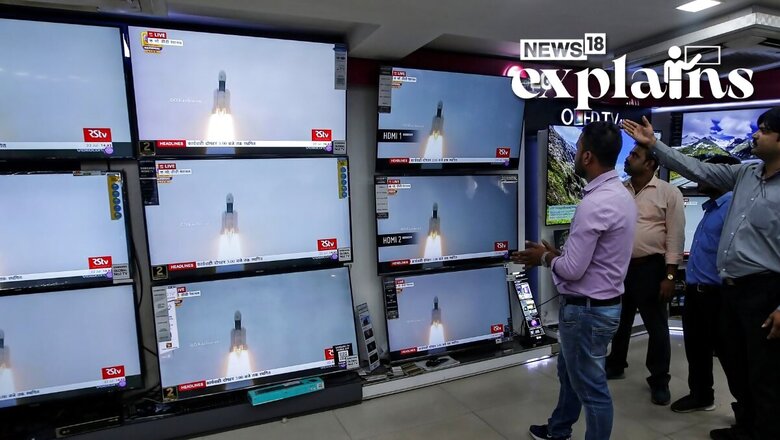
views
The Indian Space Research Organisation (ISRO) is preparing for its upcoming lunar mission, Chandrayaan-3, with a unique approach to address the shortcomings encountered during the previous mission, Chandrayaan-2.
ISRO Chief S Somanath revealed on Monday that the agency has adopted a failure-based design for Chandrayaan-3 to ensure a higher degree of success. This approach involves identifying potential failure points and implementing measures to safeguard against them. The mission aims to demonstrate India’s capability for safe landing and roving on the Moon’s surface.
What is a Failure-Based Design?
In traditional mission design, the focus is primarily on achieving success by considering optimal scenarios and expected outcomes. However, the failure-based design approach takes a different perspective. It involves anticipating potential failures and designing countermeasures to mitigate them. By adopting this approach, ISRO aims to improve the mission’s resilience and enhance its chances of a successful outcome. This method involves a thorough evaluation of the mission’s critical components, parameters, and possible variations to ensure a higher level of preparedness.
“In nutshell if you tell what was the problem in Chandrayaan-2, it is simple to say that the ability to handle parameter variation or dispersion was very limited. So, what we did this time is simply expand it further. Look at what are the things that can go wrong. So, instead of success-based design in Chandrayaan-2, we are doing a failure-based design in Chandrayaan-3. What all can fail, and how to protect it – this is the approach that we have taken,” Somnath was quoted as saying by ANI.
Chandrayaan-3 Mission
The Chandrayaan-3 mission is scheduled to be launched on July 14, 2023, at 2:35 pm IST from the Satish Dhawan Space Centre (SDSC) in Sriharikota. The spacecraft will be launched using the Launch Vehicle Mark-III, a composite system consisting of propulsion, lander, and rover. The mission is a continuation of Chandrayaan-2, with a primary focus on showcasing India’s ability to achieve a safe landing and carry out exploration activities on the lunar surface.
What Had Gone Wrong During Chandrayaan-2?
The Chandrayaan-2 mission encountered several challenges. One of the main issues was a software glitch in the lander’s guidance and navigation system, causing it to deviate from its intended trajectory during the descent and ultimately crash on the lunar surface.
Additionally, the mission had limited capability to handle variations in landing parameters, which further contributed to the unsuccessful landing. Communication with the ground control was also lost during the descent, making it difficult to make real-time adjustments.
The selection of the landing site near the lunar South Pole, with its challenging terrain, large craters, and regions of prolonged darkness, added complexity to the landing operation.
However, ISRO has learned valuable lessons from the Chandrayaan-2 mission and has implemented improvements for the upcoming Chandrayaan-3 mission by adopting the failure-based design approach, anticipating potential failure points and implementing measures to mitigate them.
Modifications have been made to the software, hardware, and landing sequences to enhance the mission’s chances of success.
With inputs from agencies




















Comments
0 comment